Bánh Ít Lá Gai Nhân Đậu (Sticky rice dumpling with mung bean and ramie leaf)
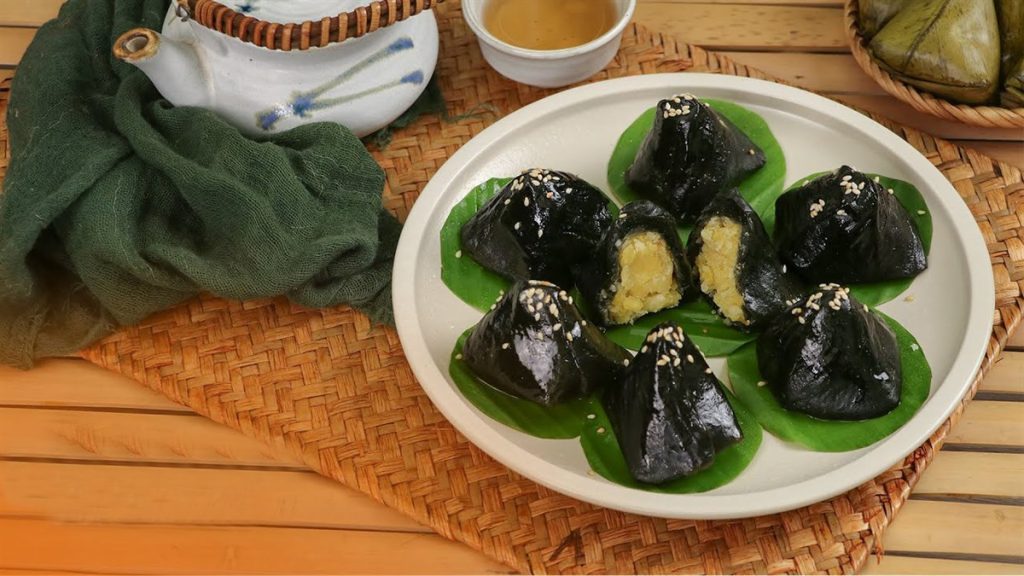
Ingredients
-
250g lá gai – washed, boiled, squeezed, and finely ground
-
400g glutinous rice flour
-
200g hulled mung beans – steamed and mashed
-
100g shredded coconut
-
20g fresh ginger – grated
-
360g sugar – adjust to taste
-
Cooking oil: for kneading and shaping
-
A pinch of salt
-
Banana leaves: for wrapping
Nutritional Information
For: Vegetarian, gluten-free
Calories per serving (1 bánh): ~180–220 kcal
Key Nutrients
1. Complex Carbohydrates
Source: Glutinous rice flour (bột nếp), mung beans (đậu xanh)
Benefits: Provides energy and keeps you full longer; mung beans also support blood sugar balance.
2. Plant-based Protein (4–6g per piece)
Source: Mung beans, coconut
Benefits: Supports muscle repair, improves satiety.
3. Healthy Fats
Source: Shredded coconut, cooking oil
Benefits: Helps with vitamin absorption and gives a rich texture.
4. Antioxidants
Source: Gai leaves (lá gai), ginger
-
Lá gai: Rich in flavonoids and chlorophyll – traditionally used in folk medicine to support uterine health
-
Ginger: Anti-inflammatory, supports digestion
5. Fiber (2–3g per piece)
Source: Mung beans, coconut
Benefits: Supports gut health and reduces cholesterol.
1. Prepare the Dough
First, remove the tough veins from the lá gai (ramie leaves) to ensure a smooth blend without fibrous strands. Boil the leaves with about 20g of sliced ginger for 15 minutes, then take them out.
Blend the boiled leaves and ginger with 200ml of water until finely pureed. Strain the mixture to separate the liquid and collect the leafy pulp.
In a mixing bowl, combine the leaf pulp with 400g of glutinous rice flour, 250g of sugar, and a pinch of salt. Knead the dough until it turns a uniform dark green, smooth, elastic, and no longer sticky.
To improve texture, place the dough in a large mortar, add 1 teaspoon of cooking oil, and pound it evenly until soft and cohesive.
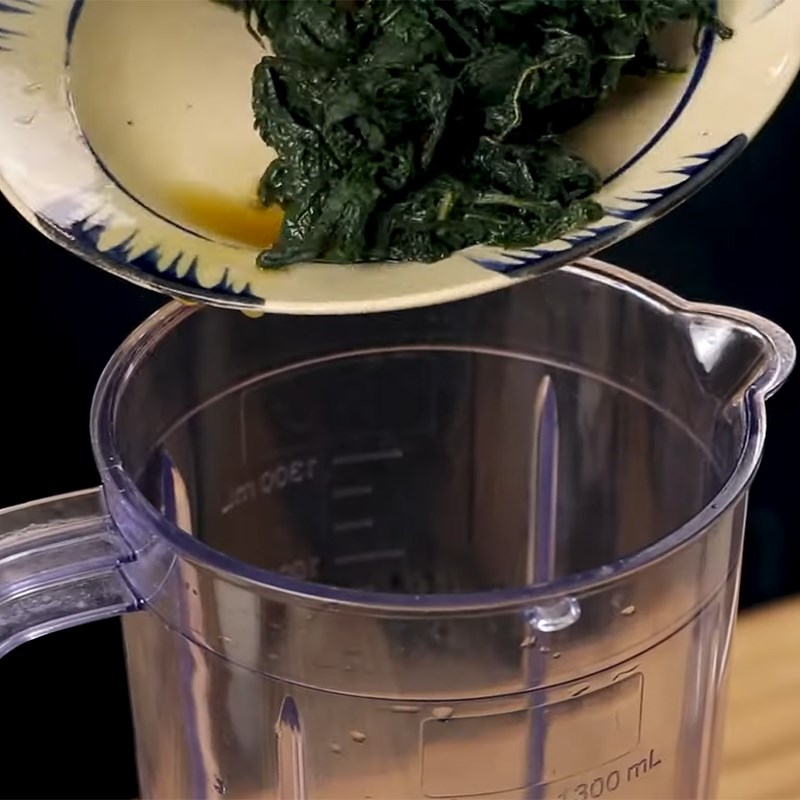
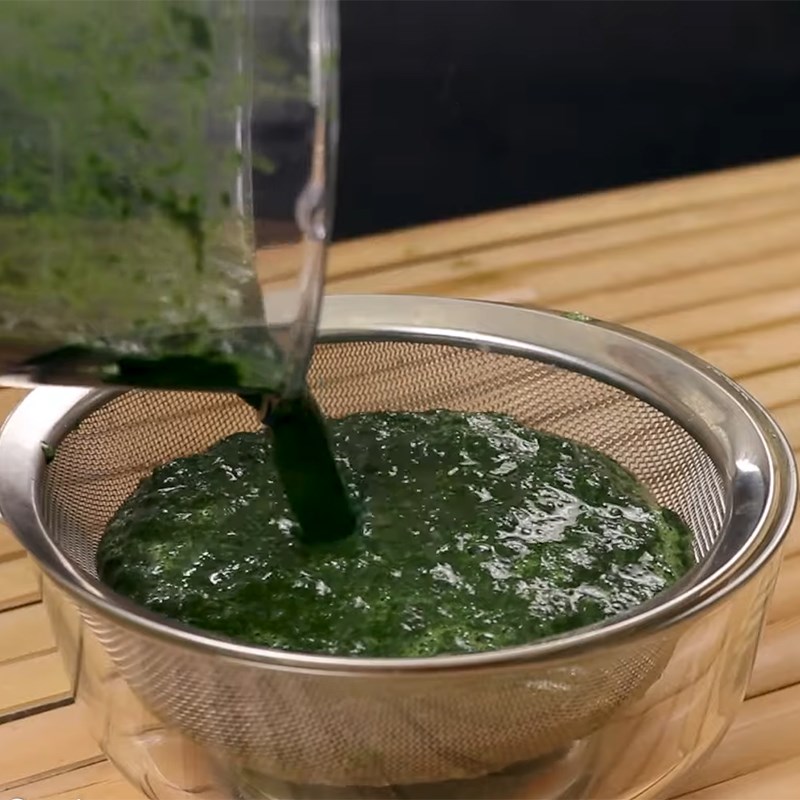
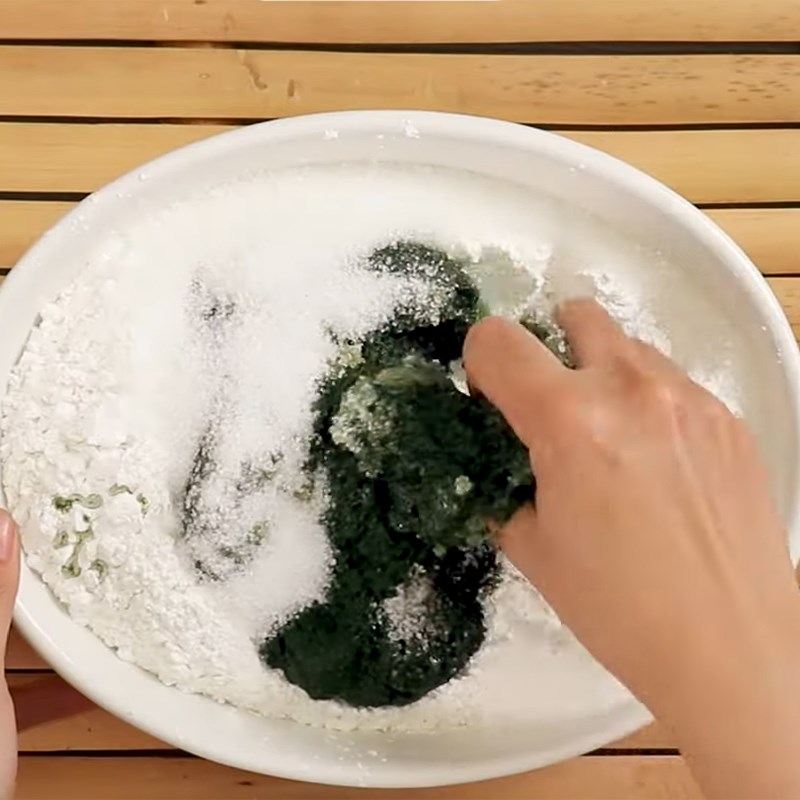
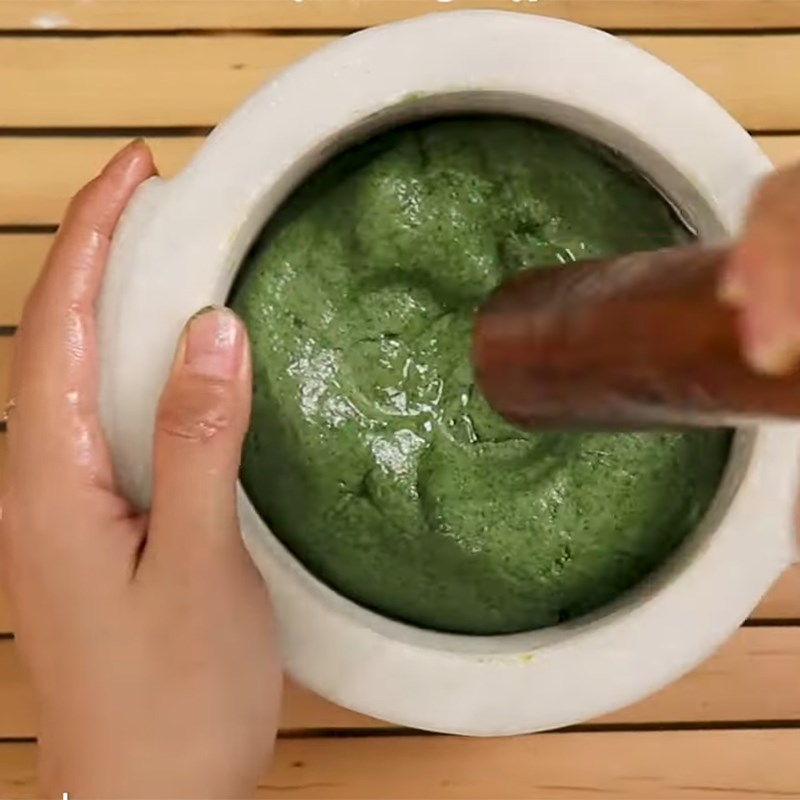
2. Prepare the Filling
Rinse 200g of mung beans, then soak them for 2–4 hours. Drain, cover with water, and cook until tender.
Mash the cooked mung beans thoroughly, then transfer them to a pan. Cook while stirring with 110g of sugar and ½ teaspoon of salt.
Once the mixture becomes thick and sticky, add 200g of shredded coconut. Continue to stir until the filling thickens and holds together well.
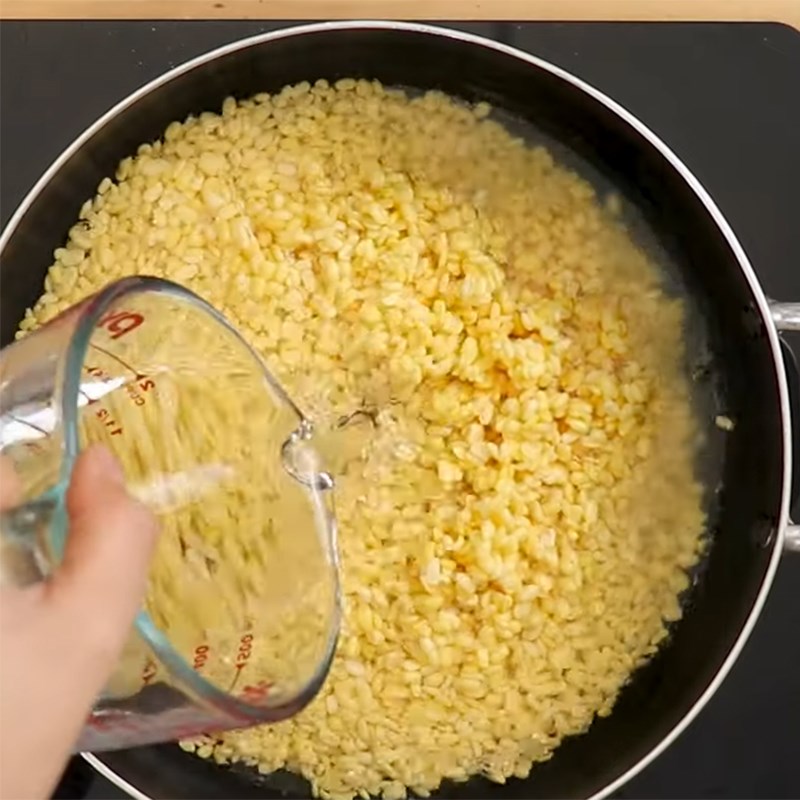
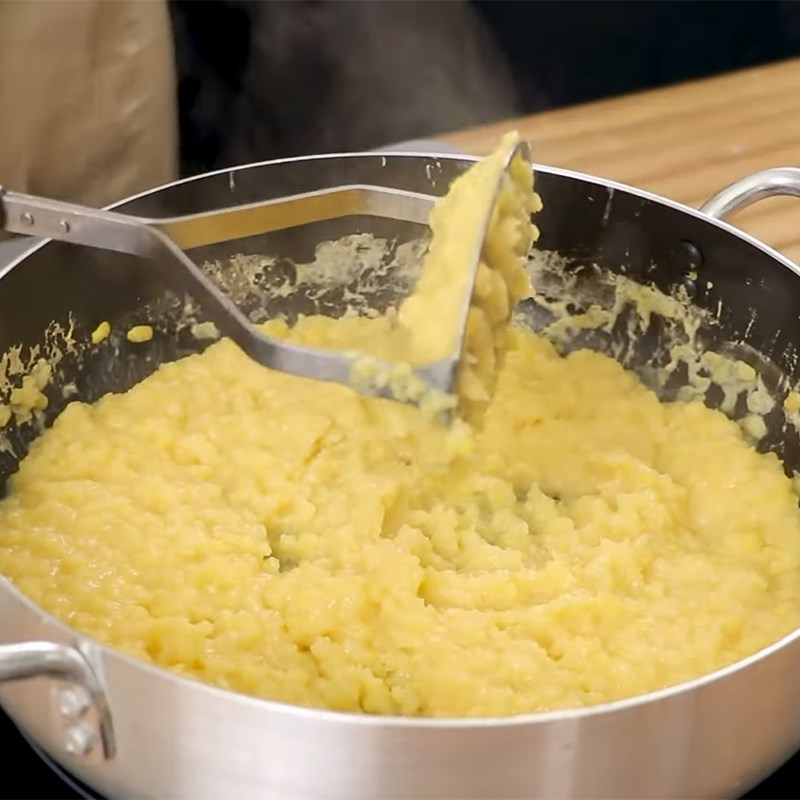
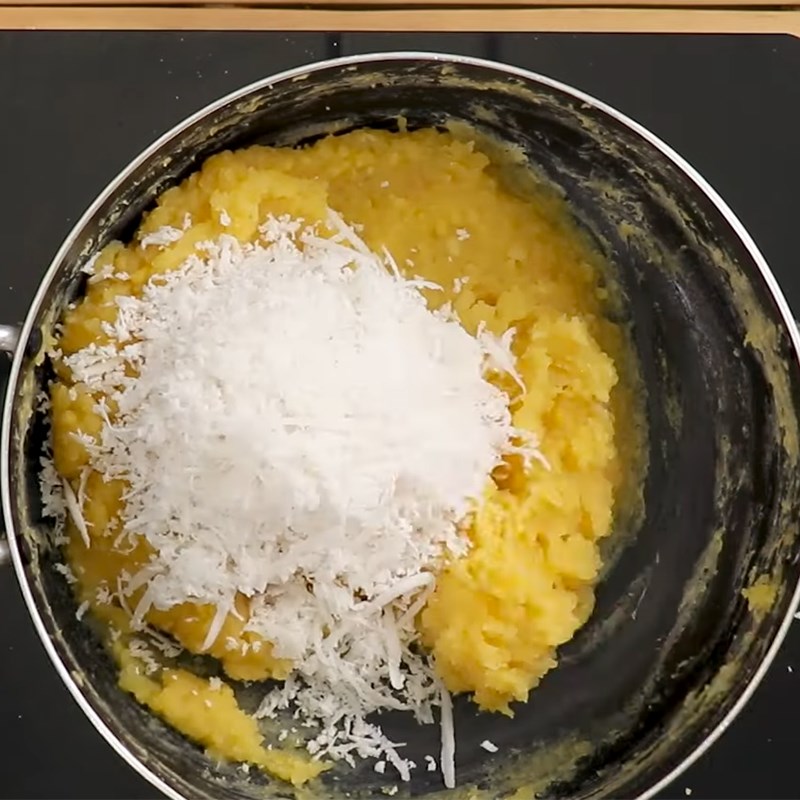
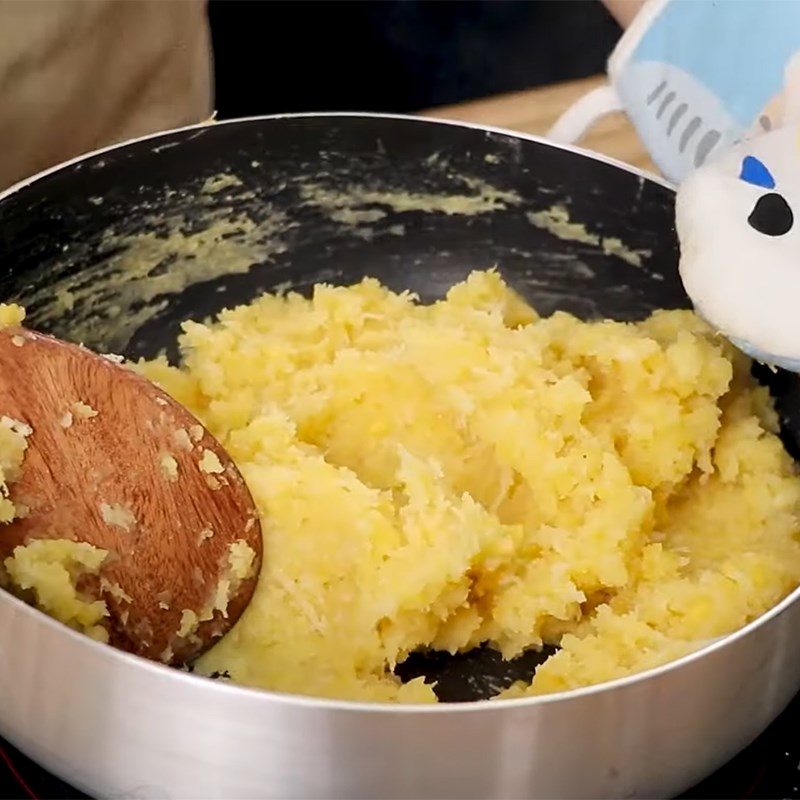
3. Shape and Wrap the Cakes
Clean and soften banana leaves by sun-drying or lightly heating them over a flame.
Take a portion of dough and roll it into a ball slightly larger than the mung bean filling. Flatten the dough, place a ball of filling in the center, and carefully seal the edges. Roll again into a smooth ball.
Cut banana leaves into squares and fold them into a cone shape. Lightly grease the inside with oil, place the dough ball inside, and wrap tightly and neatly.
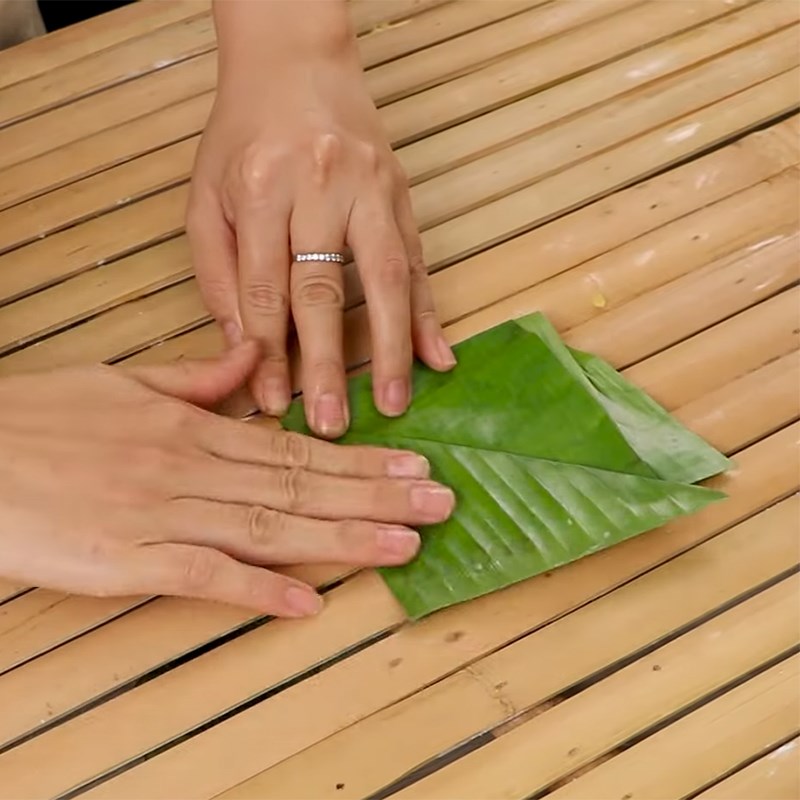
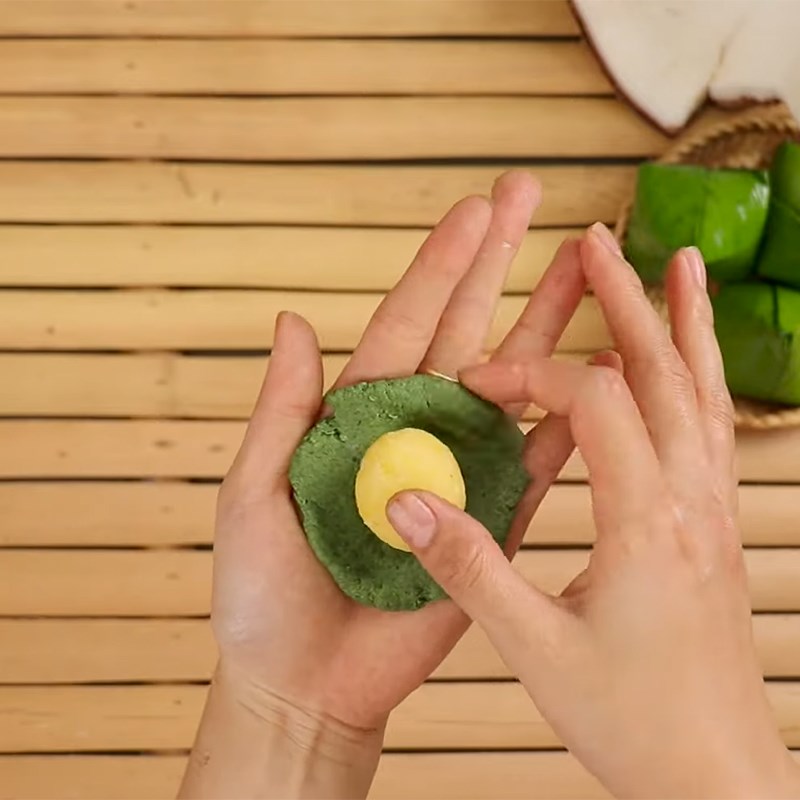
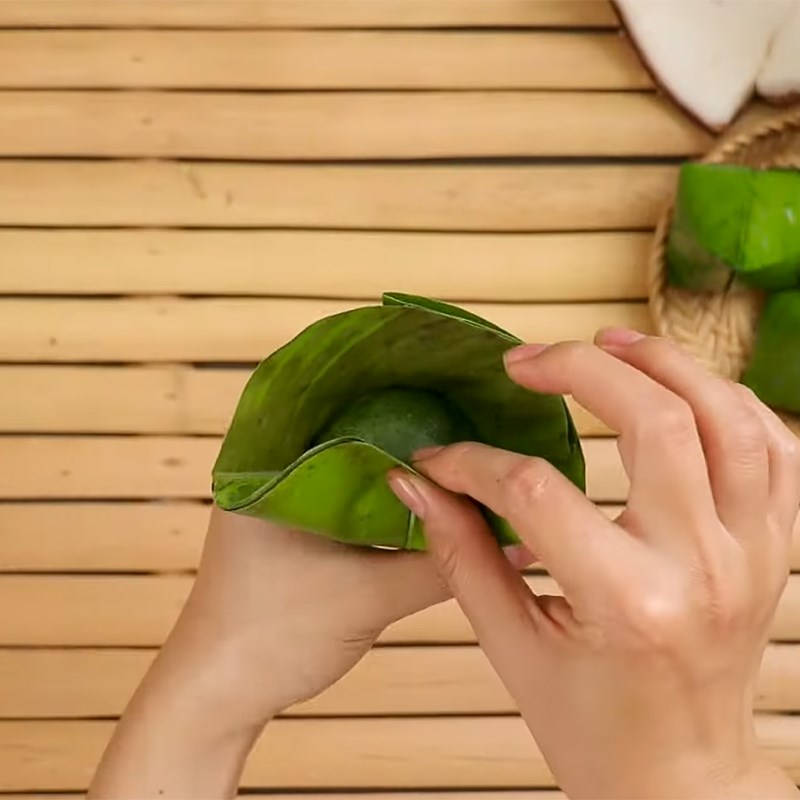
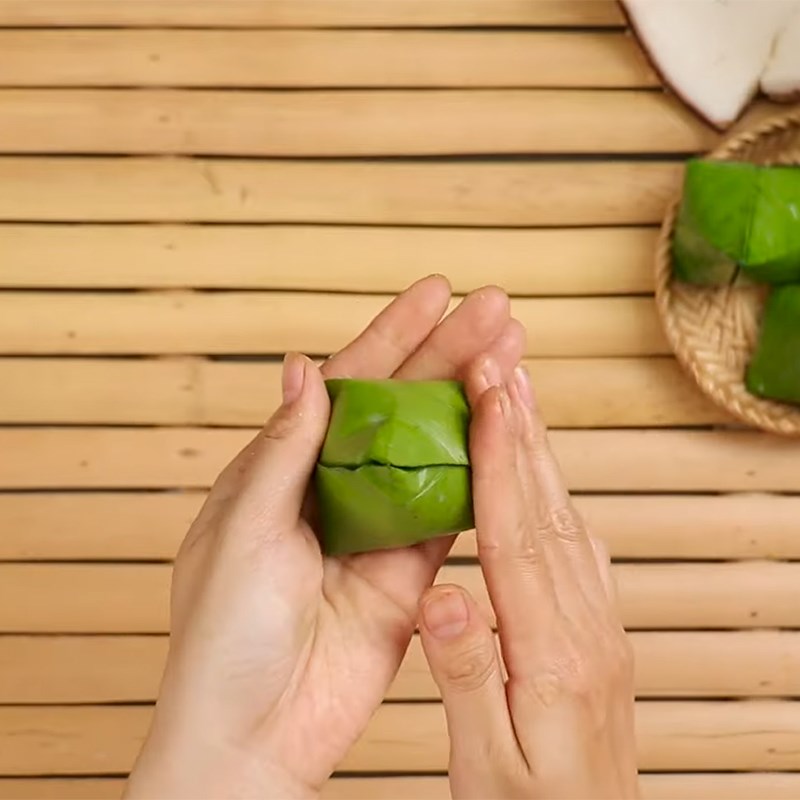
4. Steam the Cakes
Bring water in a steamer to a gentle boil. Place the wrapped cakes into the steamer basket, cover with a lid, and steam over medium heat for 20–30 minutes until fully cooked.
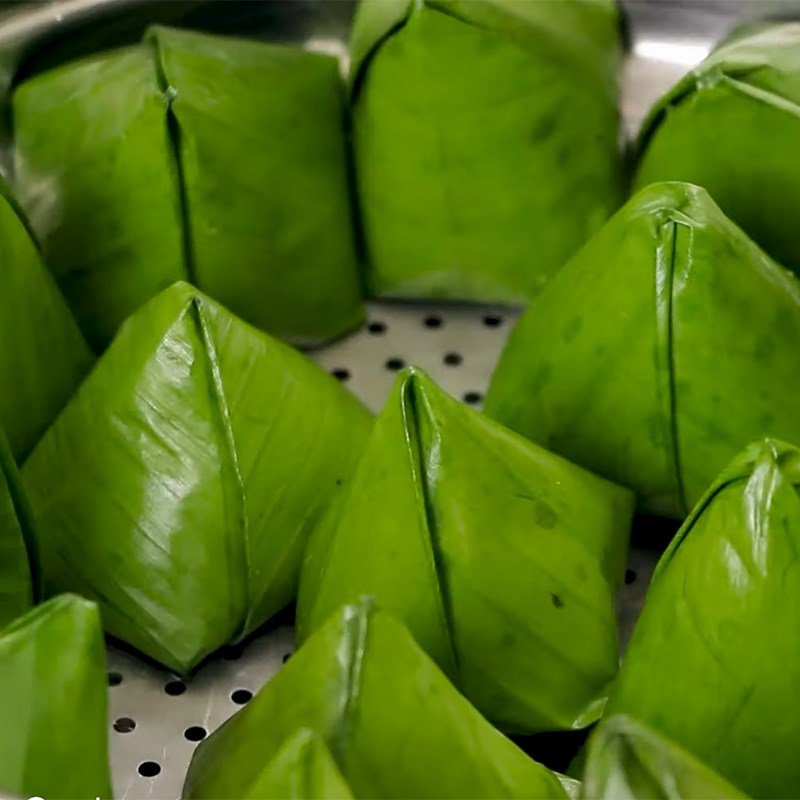
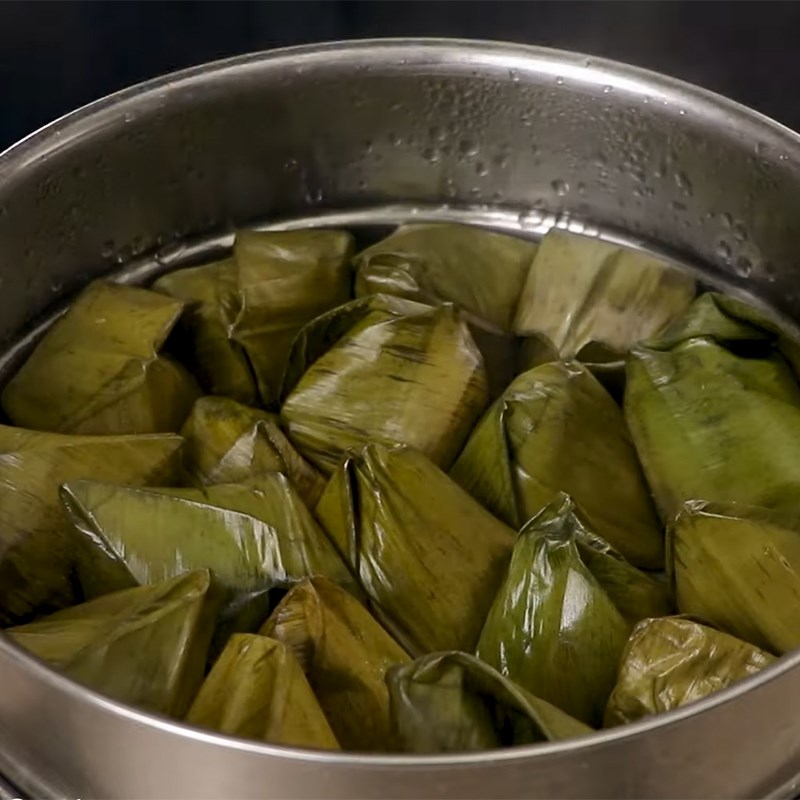
5. Finished Product
Once steamed, the cake’s outer layer turns a glossy black, releasing a fragrant herbal aroma from the lá gai.
When you take a bite, you’ll enjoy the chewy, slightly sticky glutinous rice shell, paired with the rich, sweet mung bean and the occasional crunch of shredded coconut — a comforting, nostalgic flavor often tied to traditional holidays, ancestral ceremonies, and the memory of a mother returning from the market with a small bundle of joy.
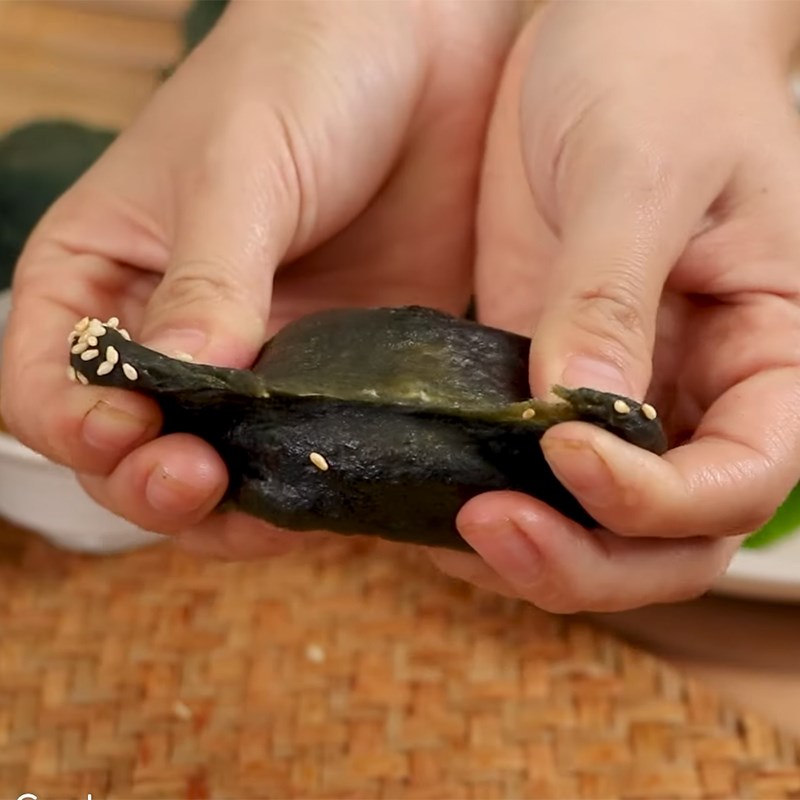
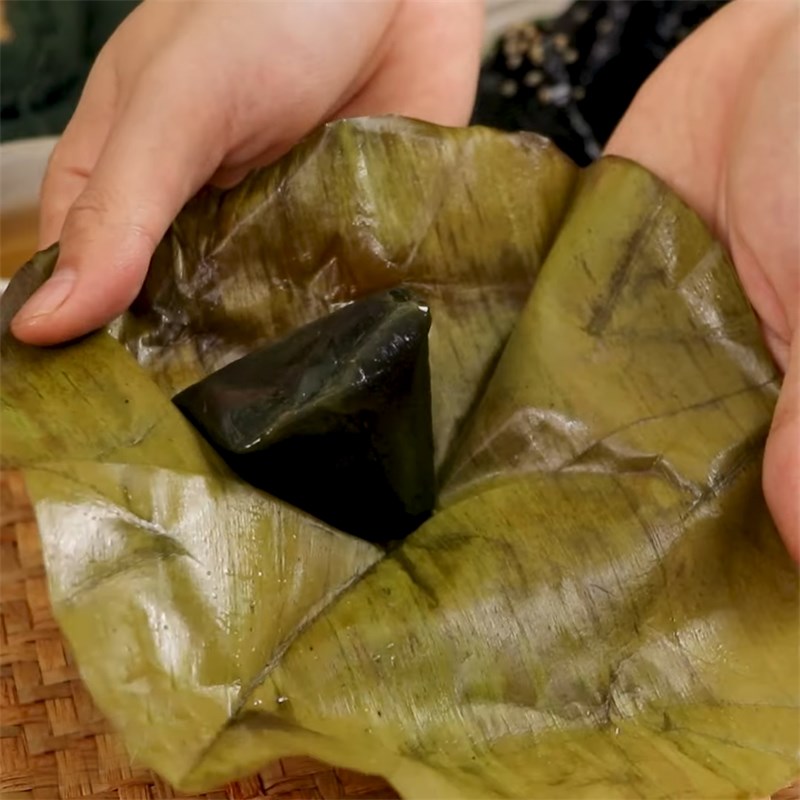
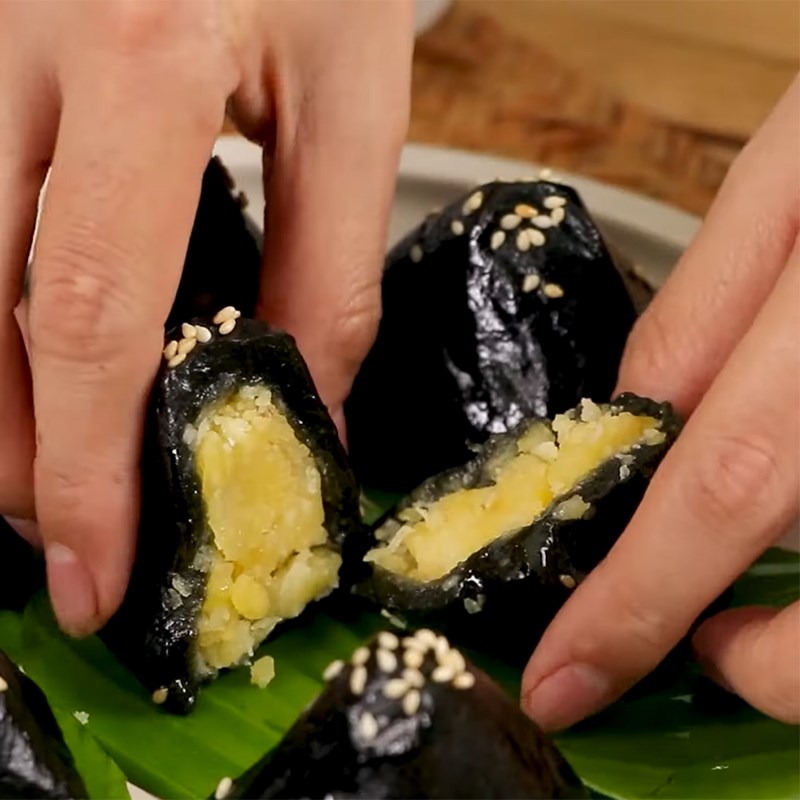
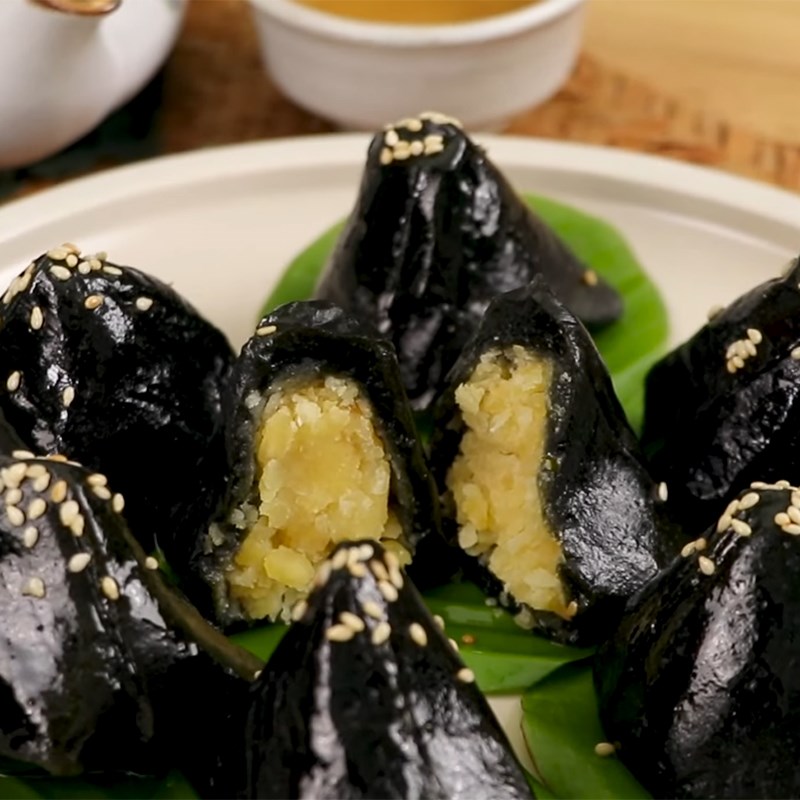
Bánh Ít Lá Gai – A Southern Central Vietnamese Legacy Wrapped in Leaves
Bánh ít lá gai is a traditional Vietnamese delicacy that originated from the central provinces, especially Quảng Nam, Bình Định, and Thừa Thiên Huế. For centuries, it has held a meaningful place in the daily and spiritual life of local communities — not only as a sweet treat, but as a symbolic offering of respect, gratitude, and fidelity.
The cake’s dark outer layer is made from glutinous rice flour mixed with lá gai (ramie leaves), a native plant used in both food and traditional medicine. The filling — often a mixture of mung bean paste and coconut — reflects the resourcefulness of rural households, turning humble ingredients into something celebratory.
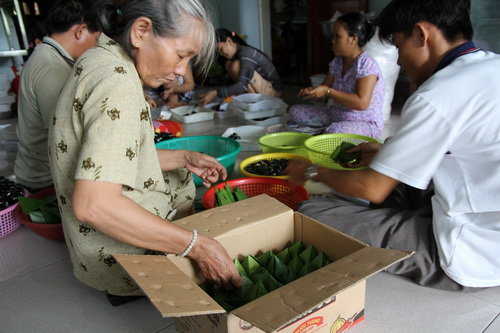

(Sticky rice dumpling with mung bean and ramie leaf are carefully and neatly wrapped.)
Historically, bánh ít lá gai was prepared during Tết, weddings, and giỗ tổ (ancestral memorial days). In some regions, it was also included in marriage offerings, symbolizing loyalty and humility, as the name “ít” (meaning “little”) conveys modesty and sincerity.
Wrapped in banana leaves and steamed until glossy and fragrant, each cake is a small bundle of care and craftsmanship. It evokes the image of generations of women hand-folding each piece in the soft light of a village kitchen — a quiet yet enduring symbol of Vietnamese culinary heritage.
To unwrap bánh ít lá gai is to discover not just a dessert, but a story — one of tradition, resilience, and deep-rooted affection passed down through time.
(Delicious Sticky rice dumpling with mung bean and ramie leaf)

